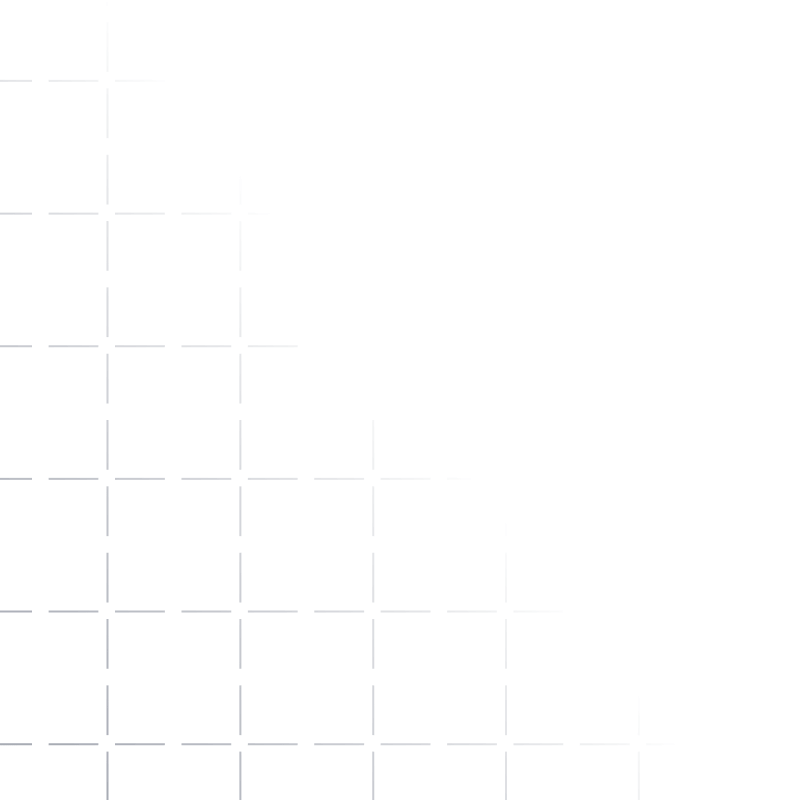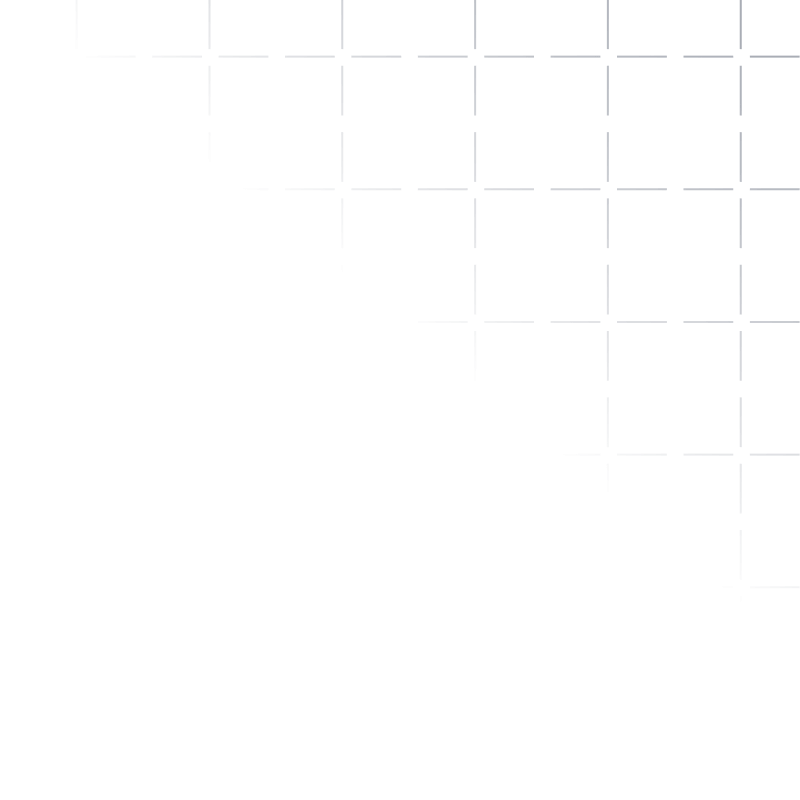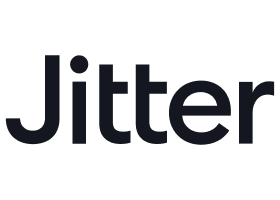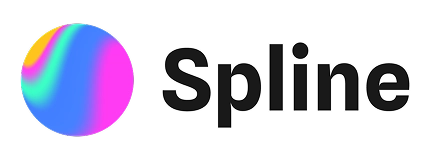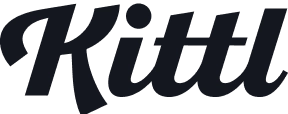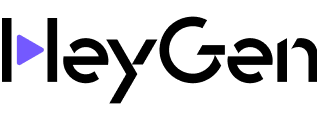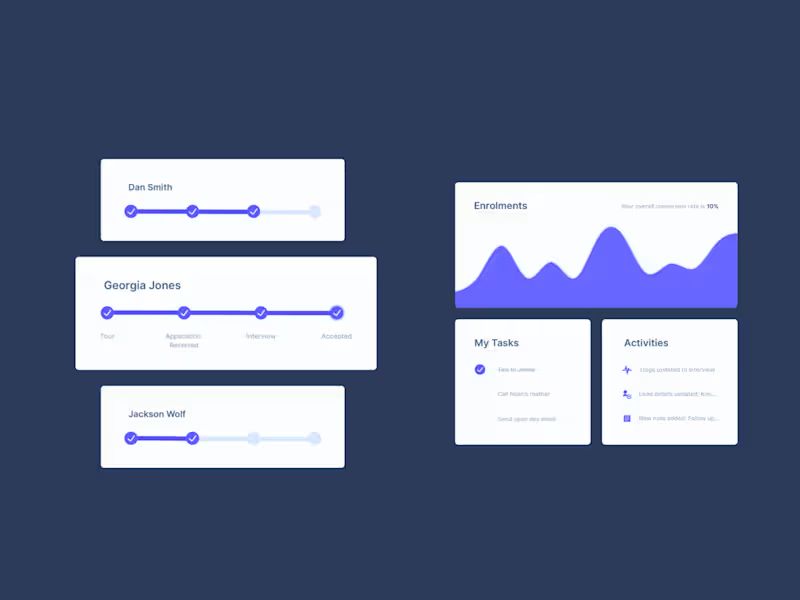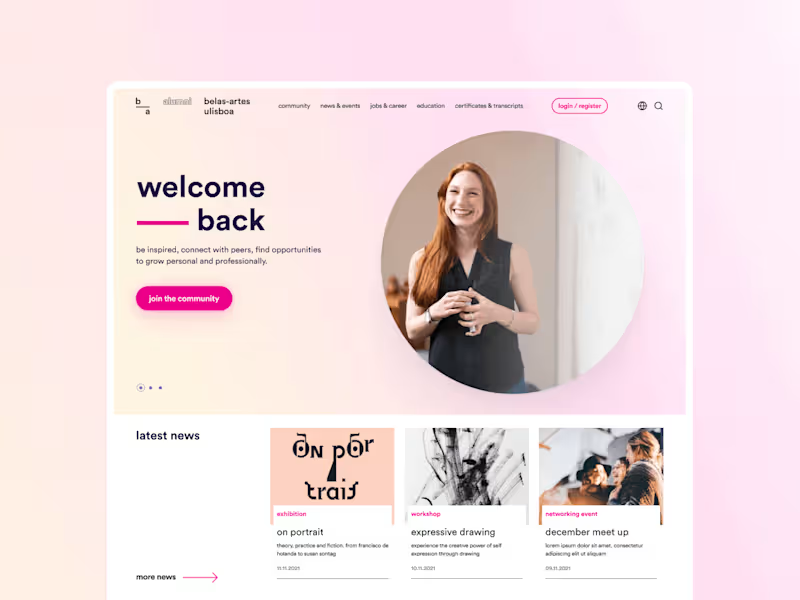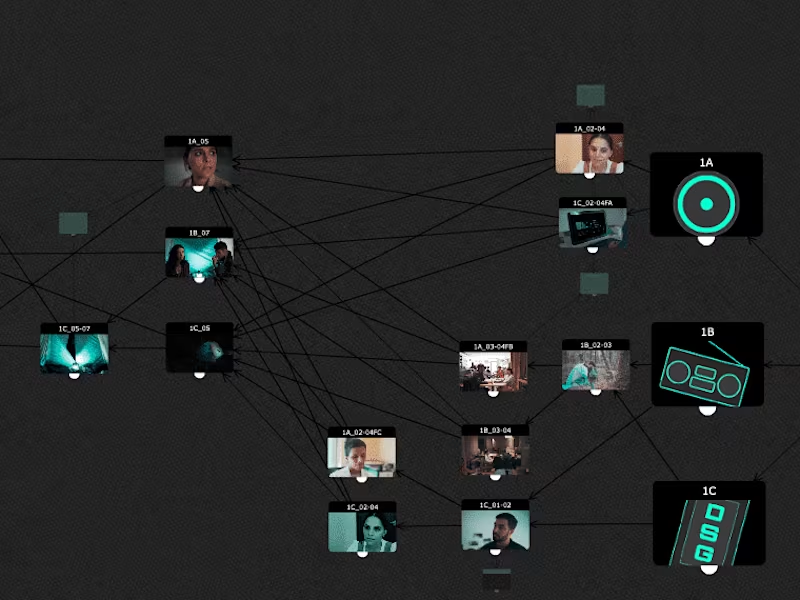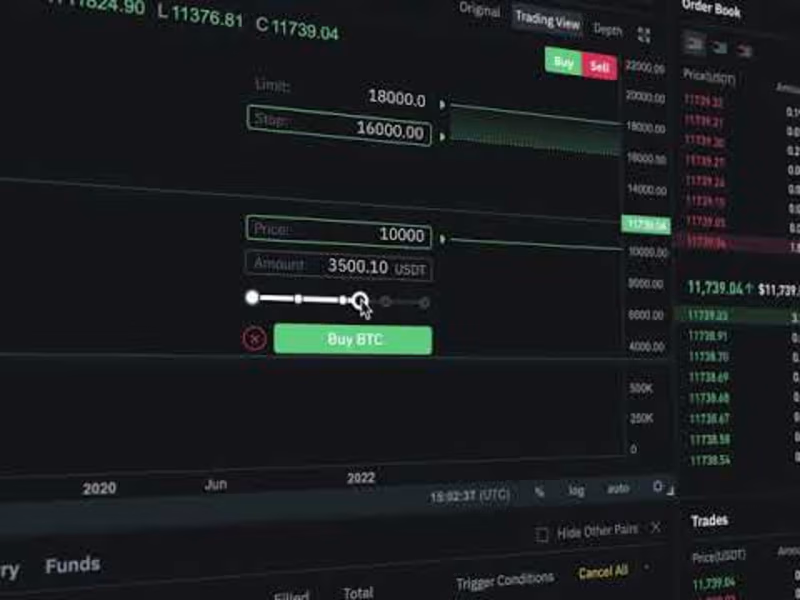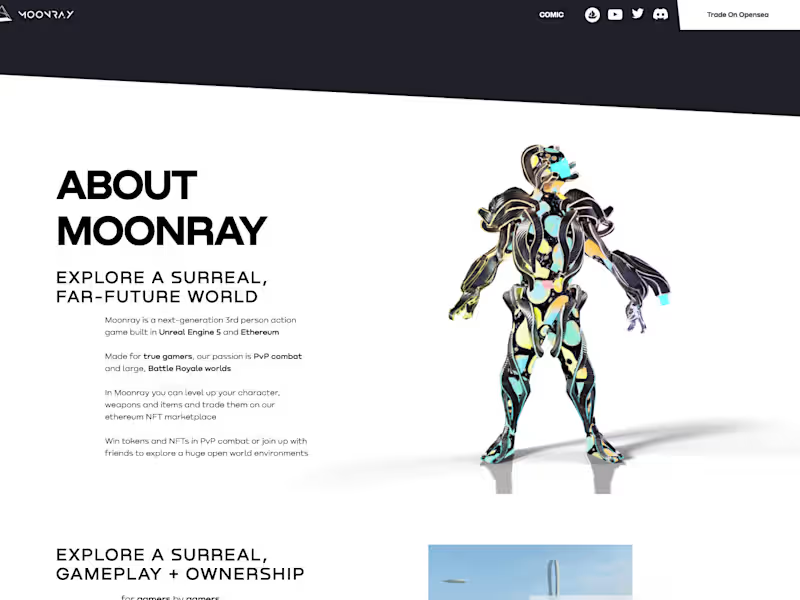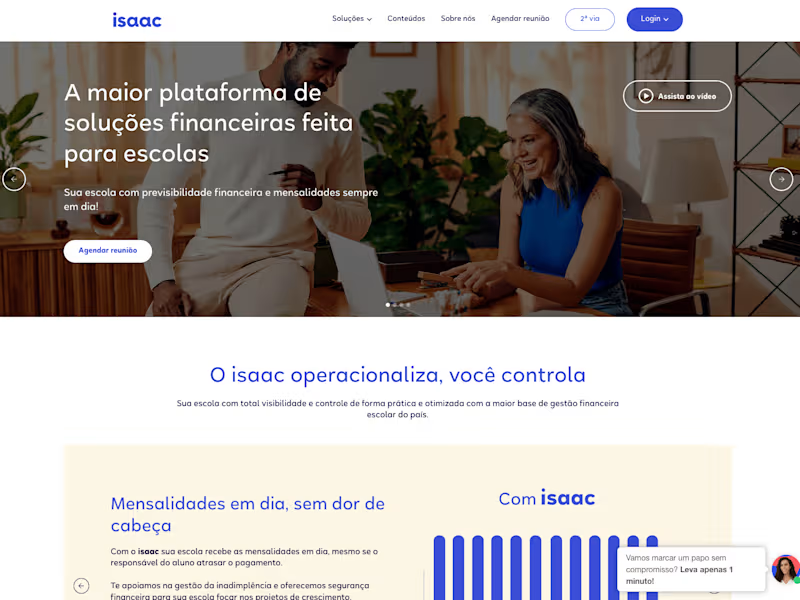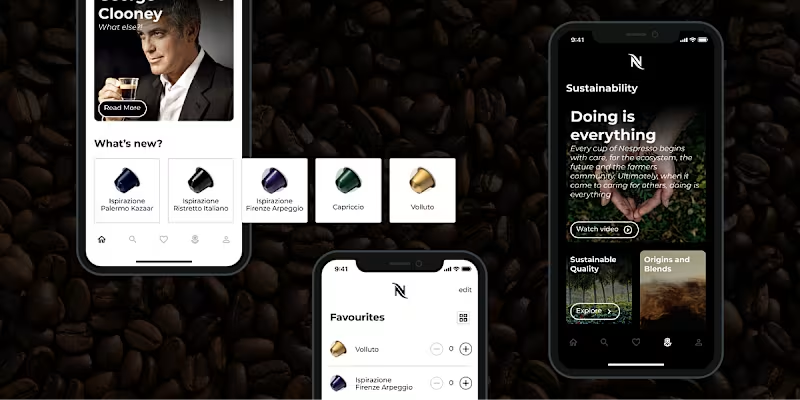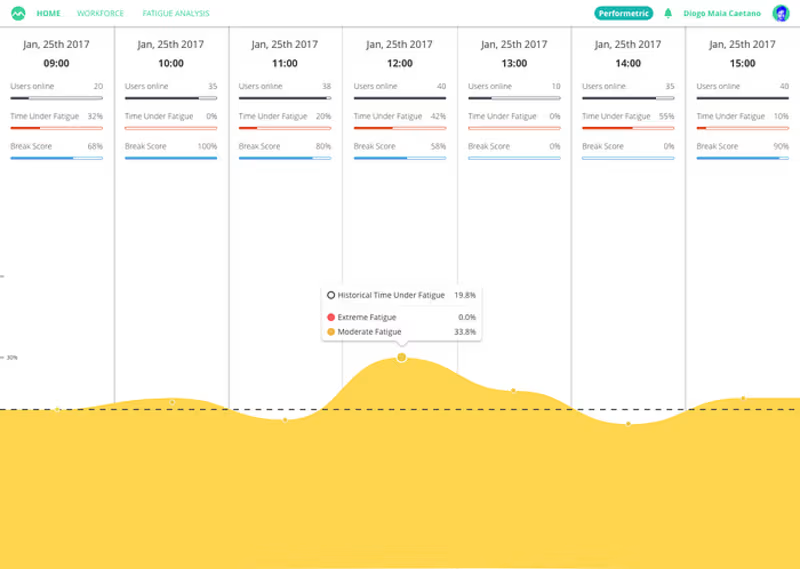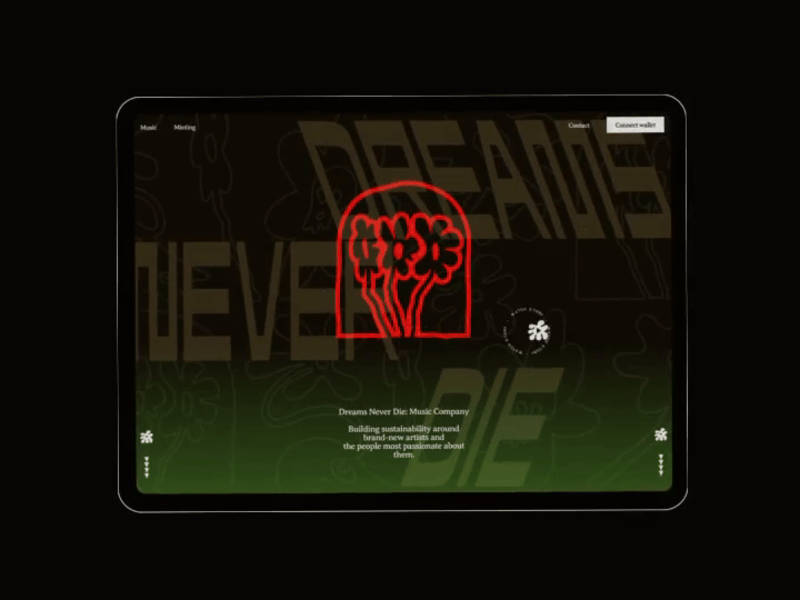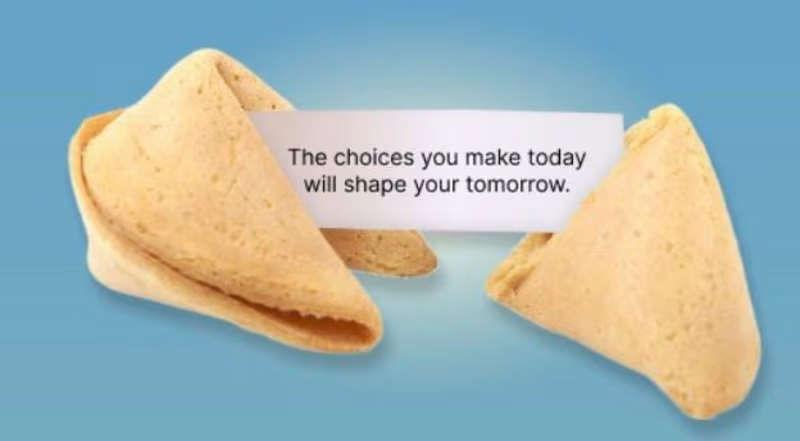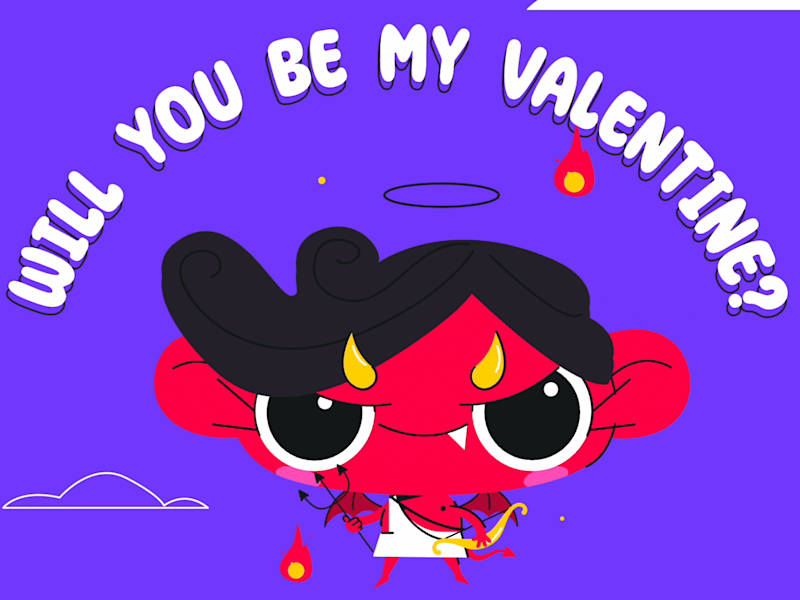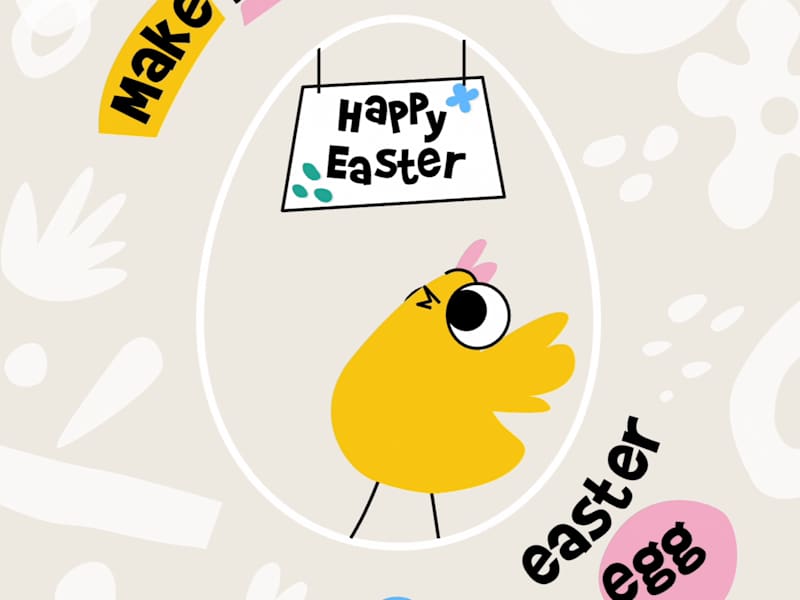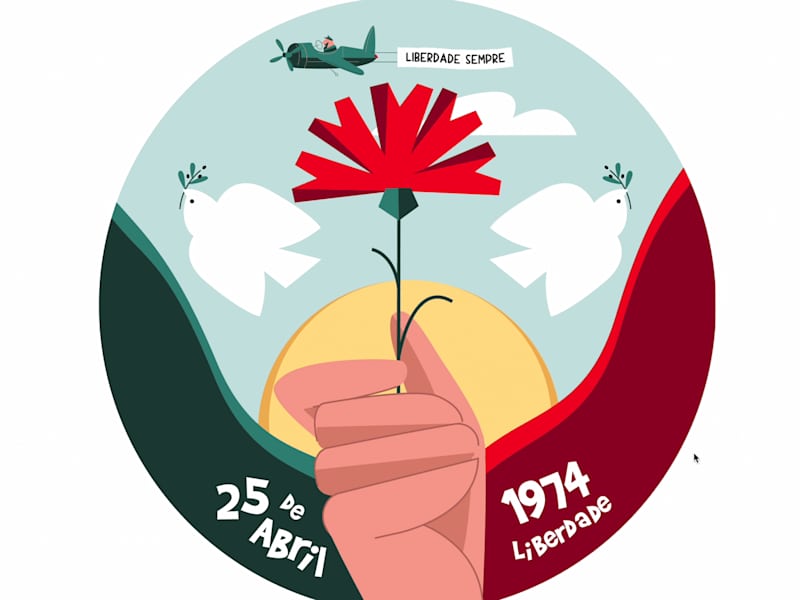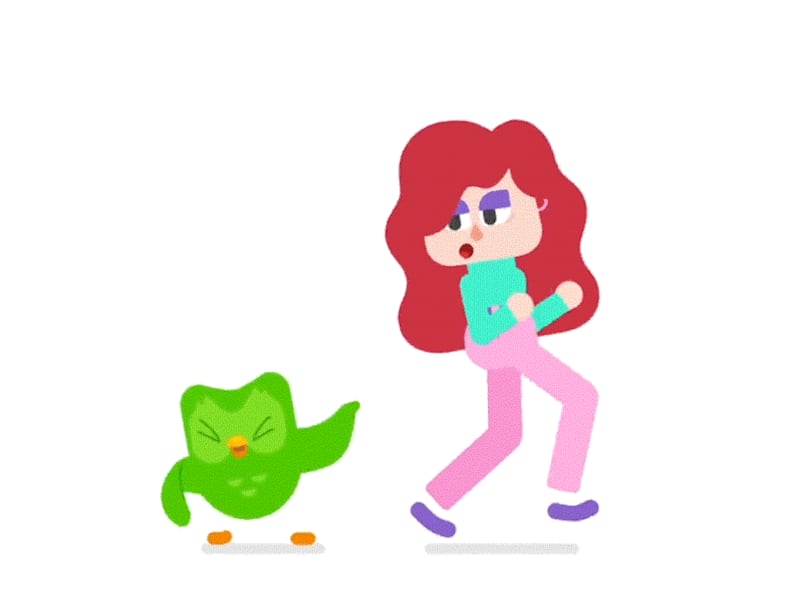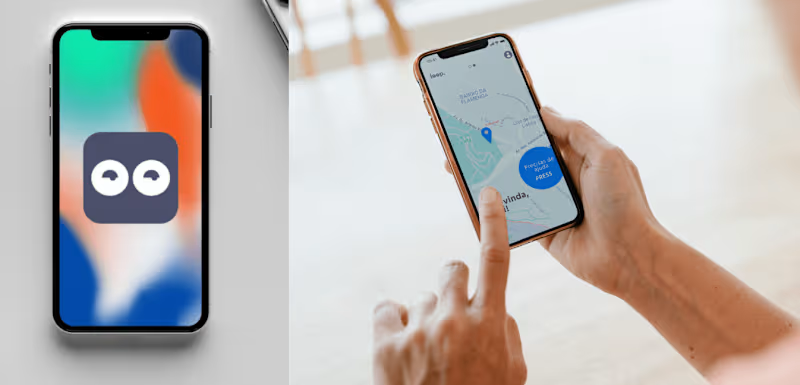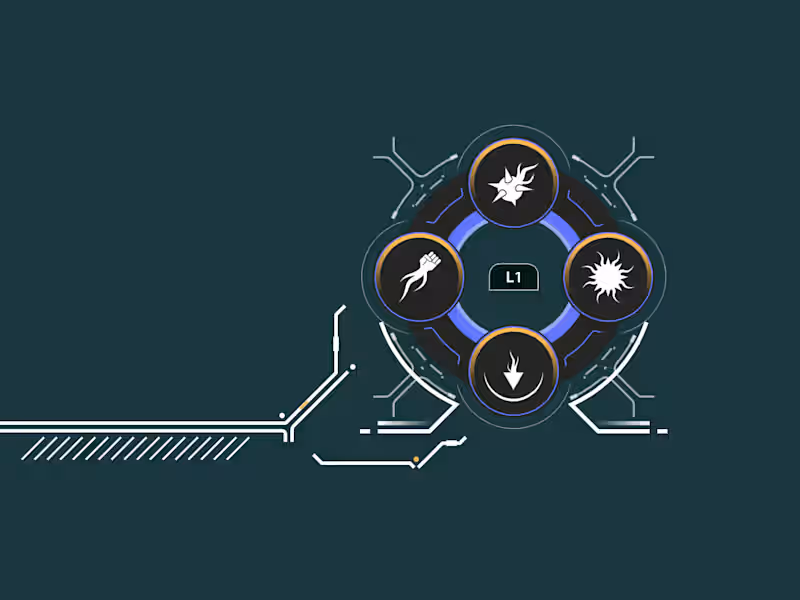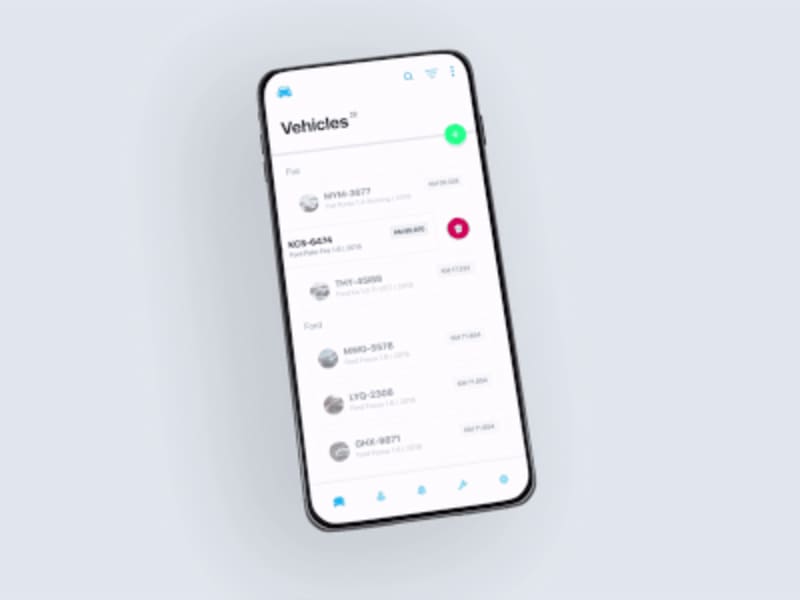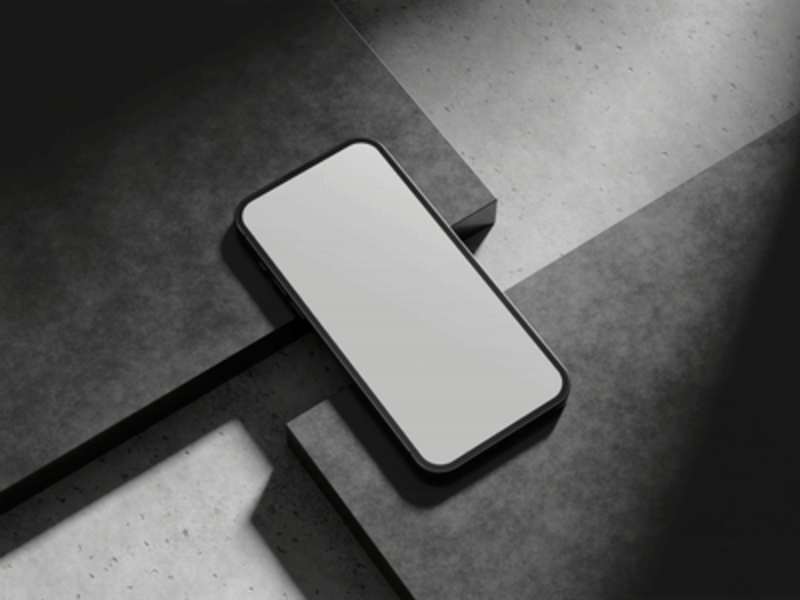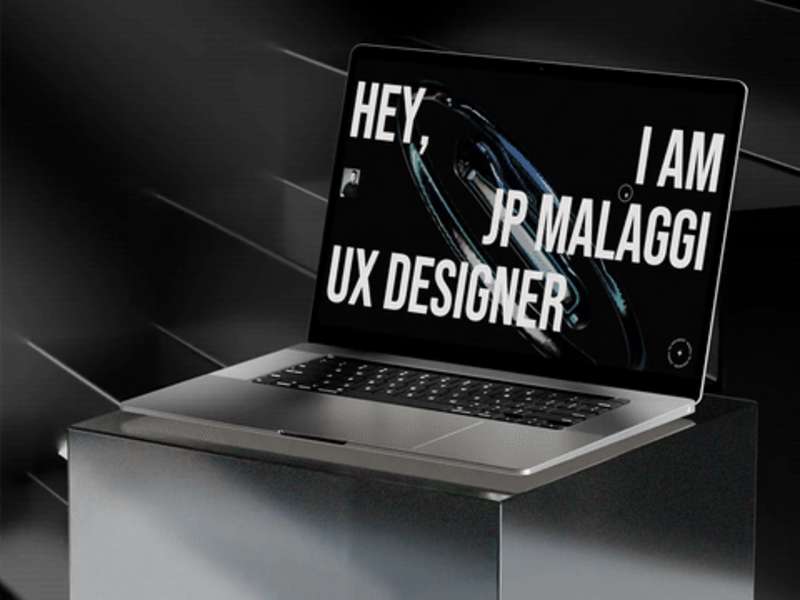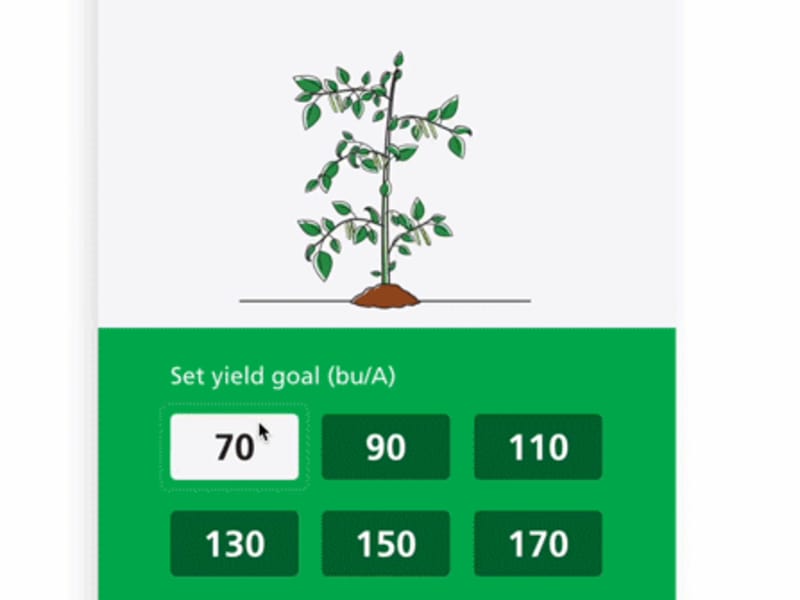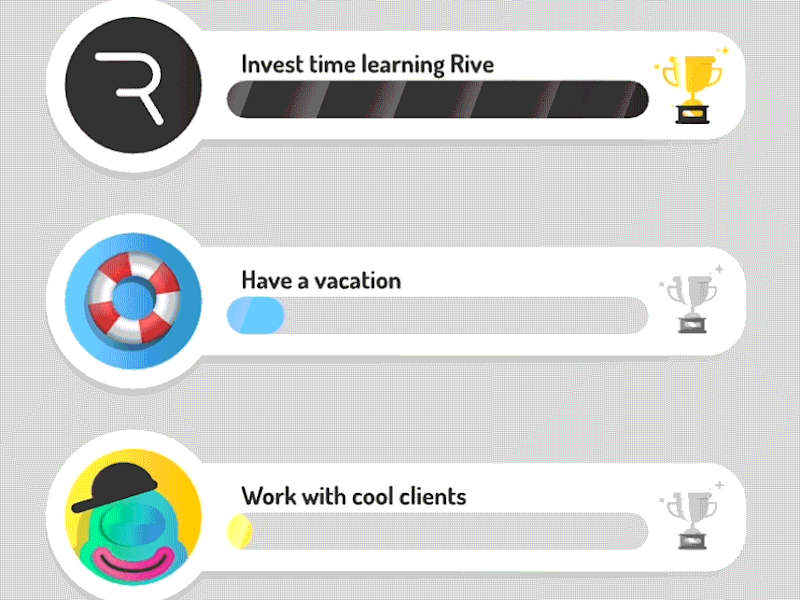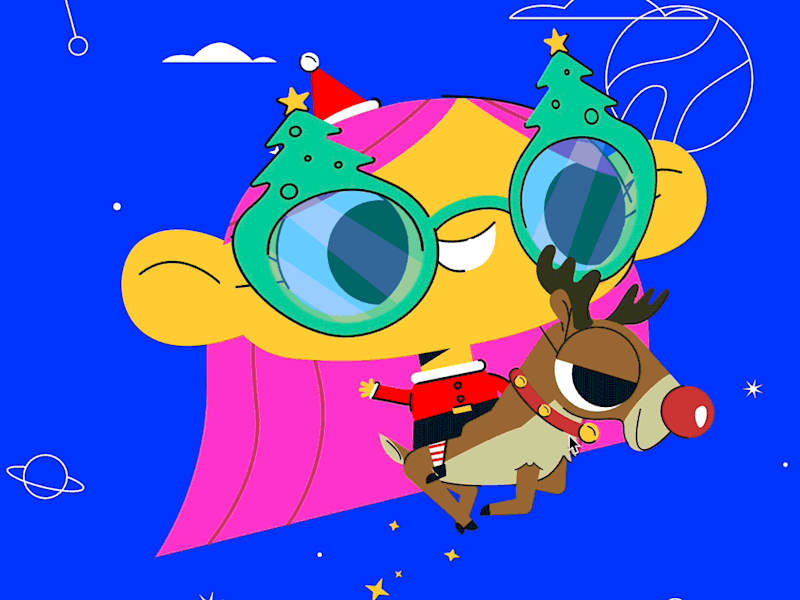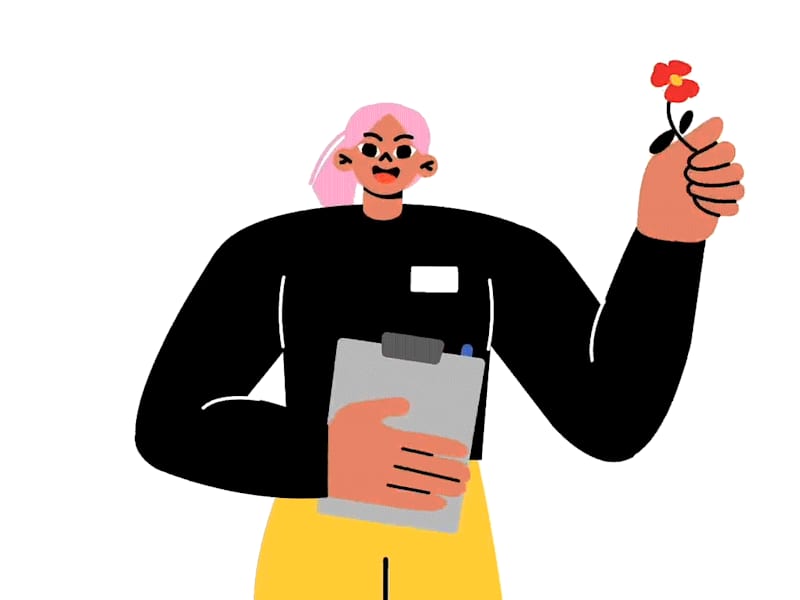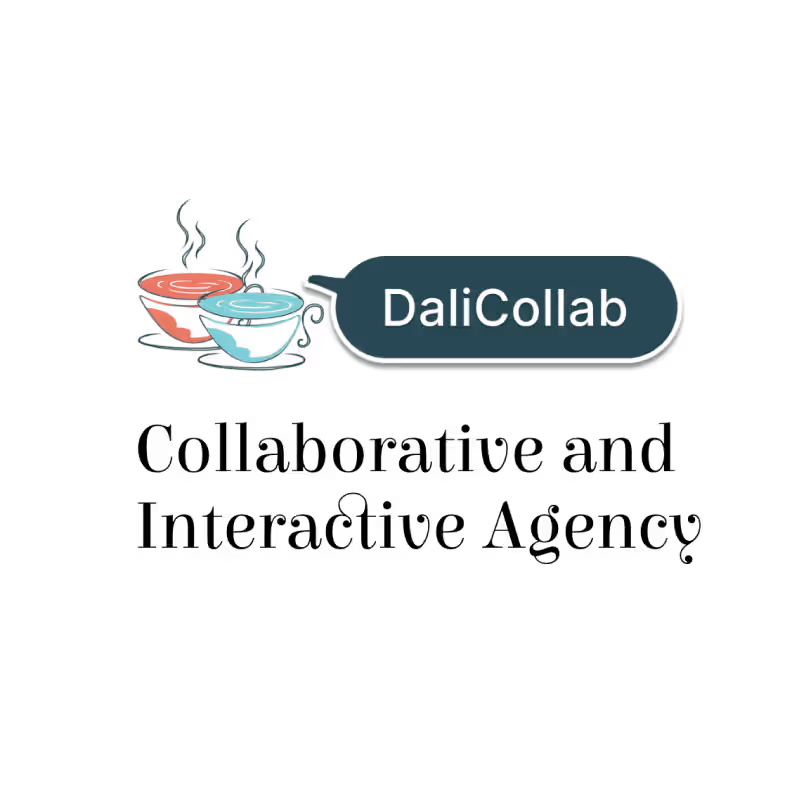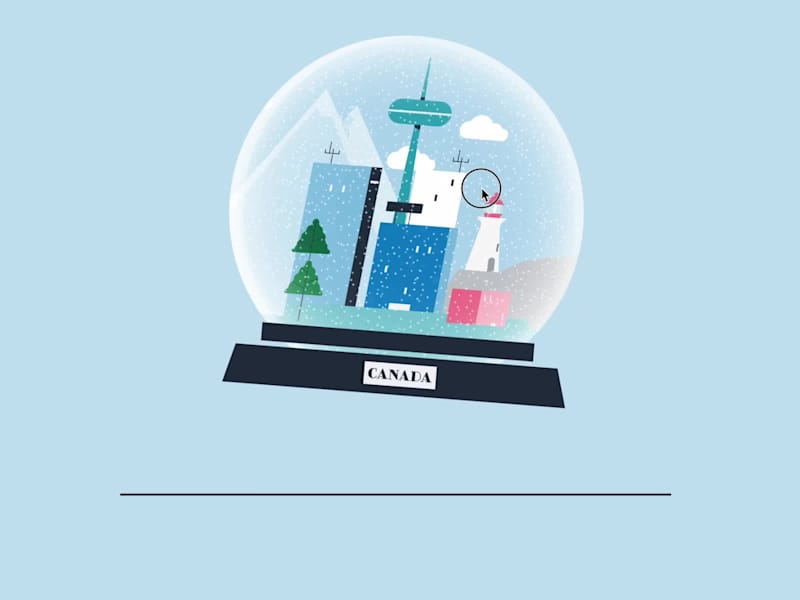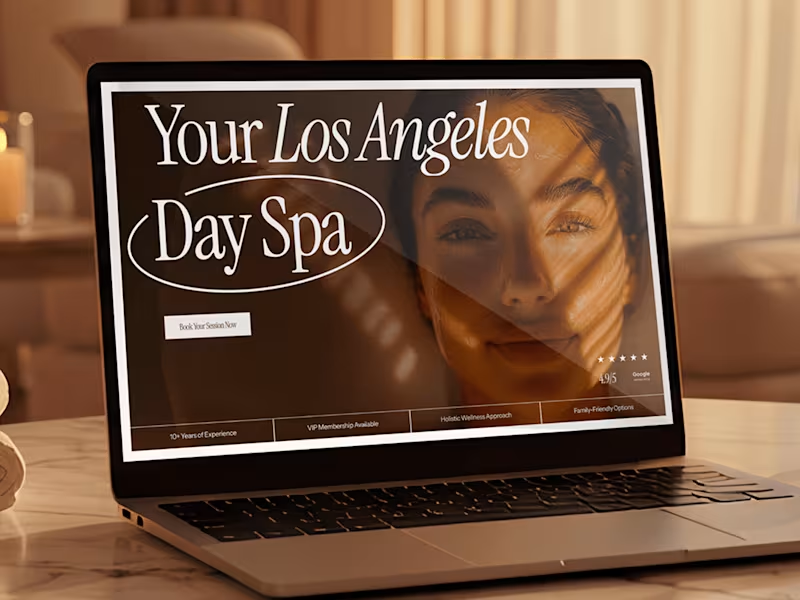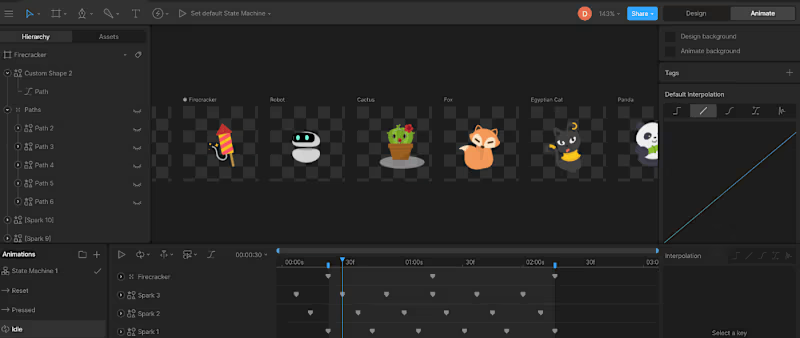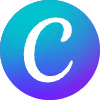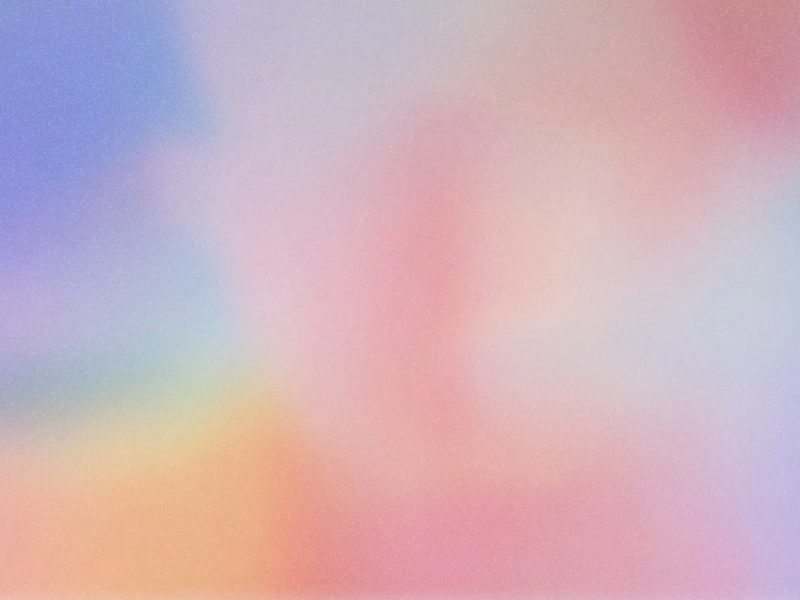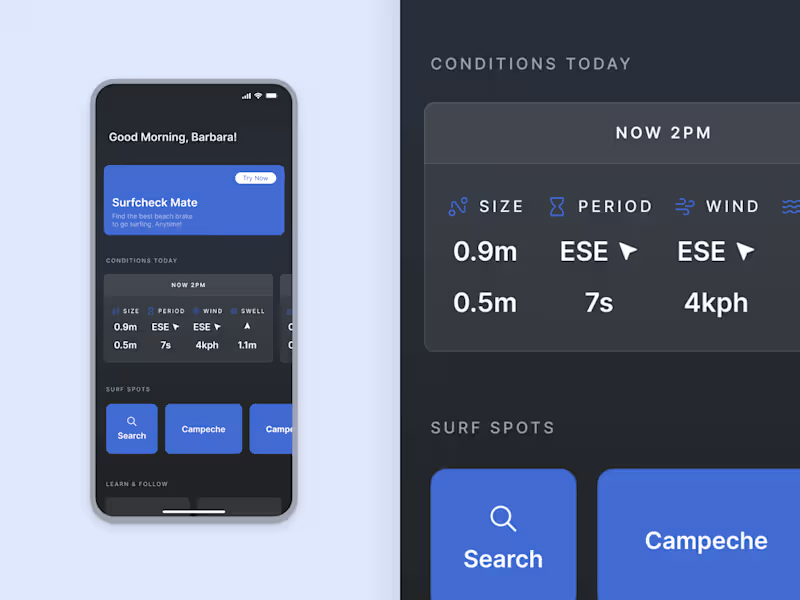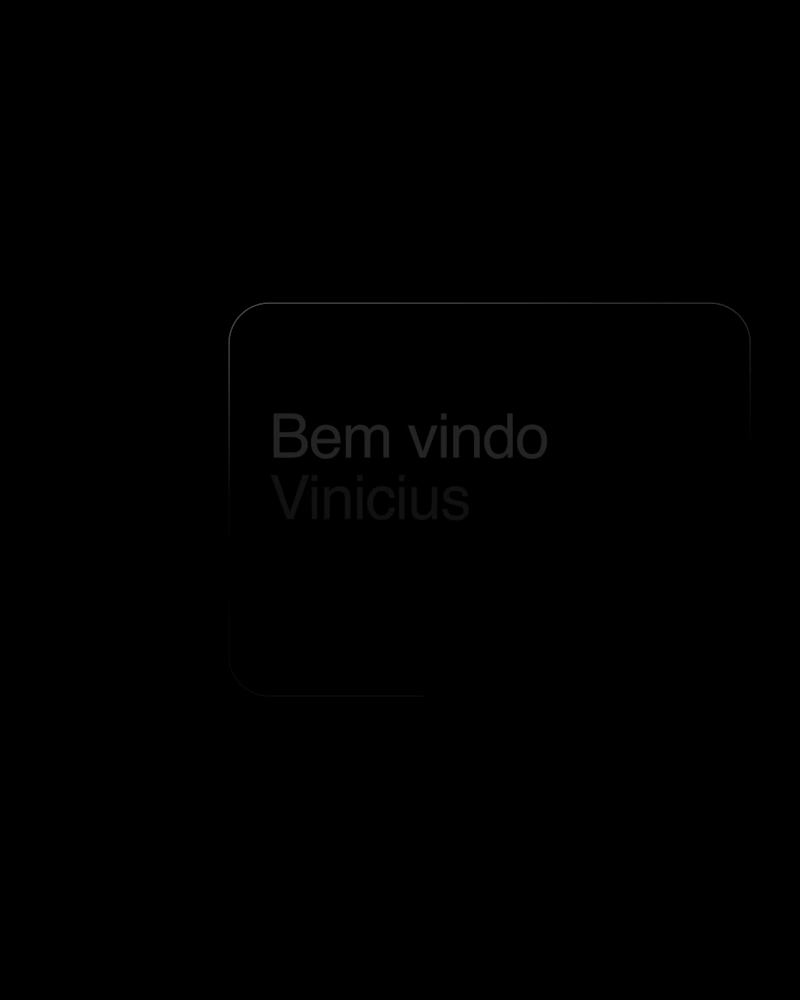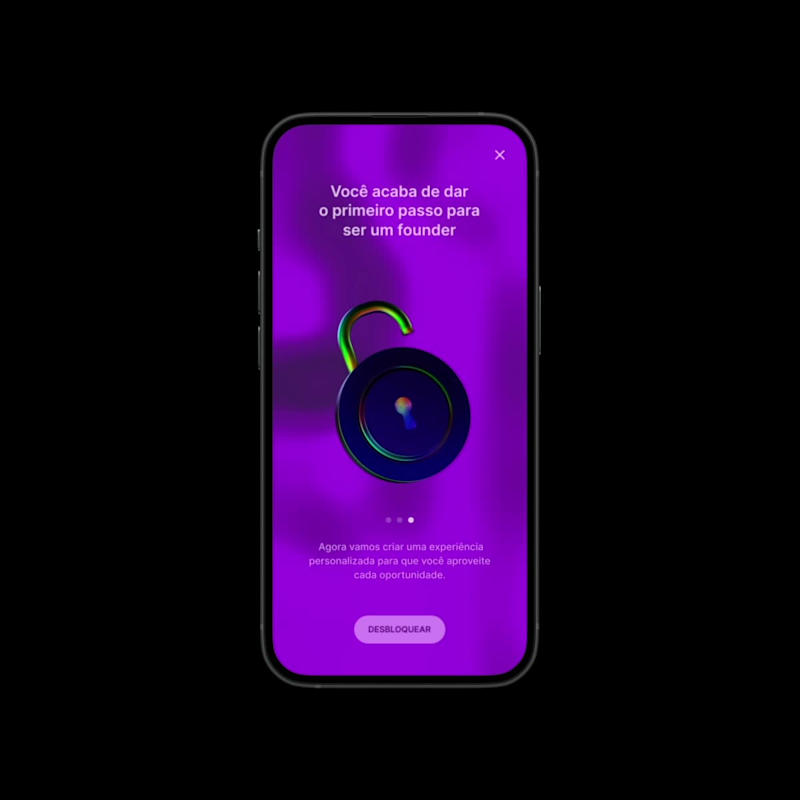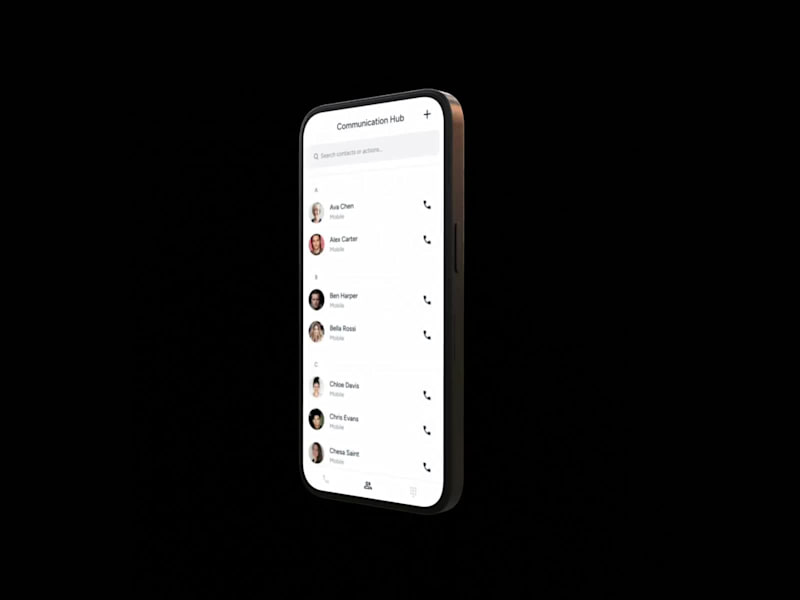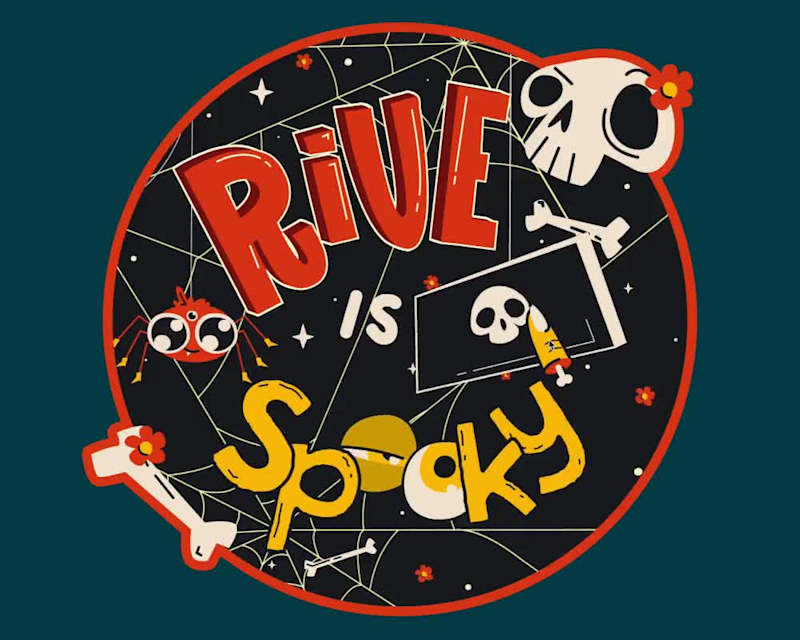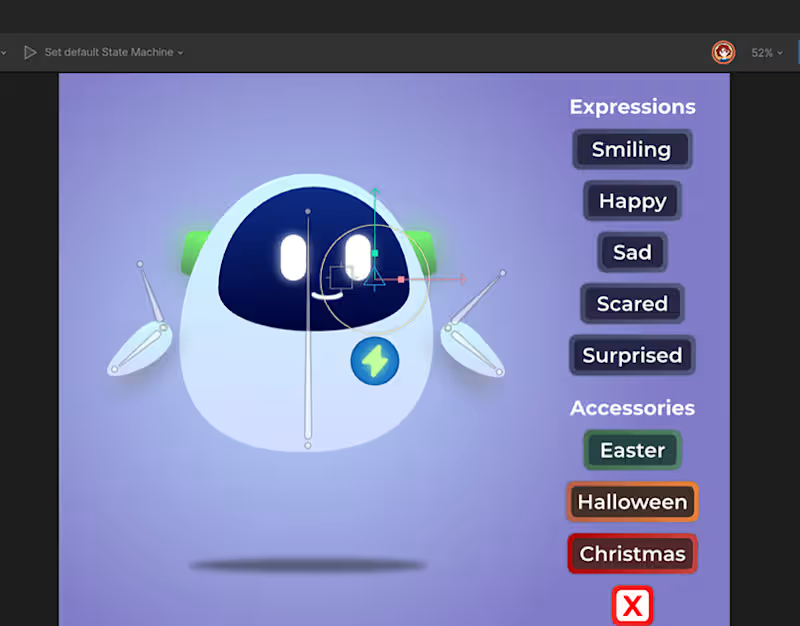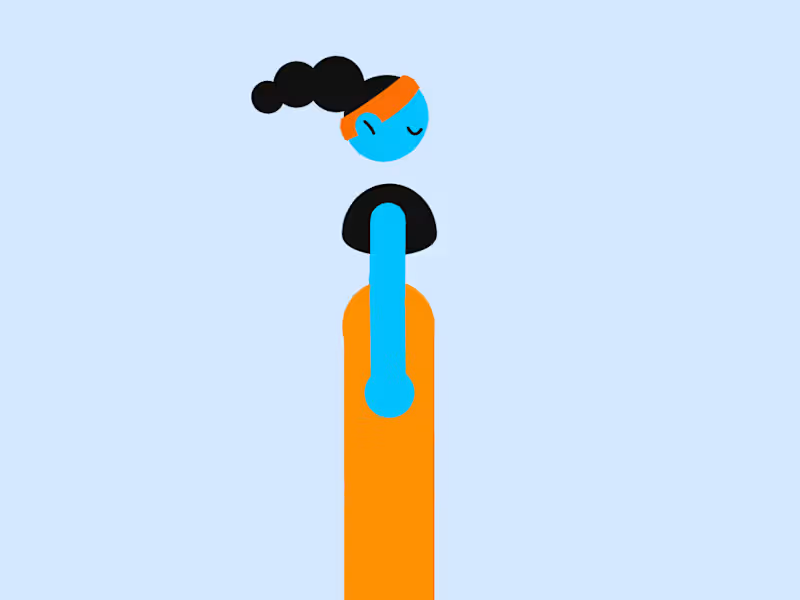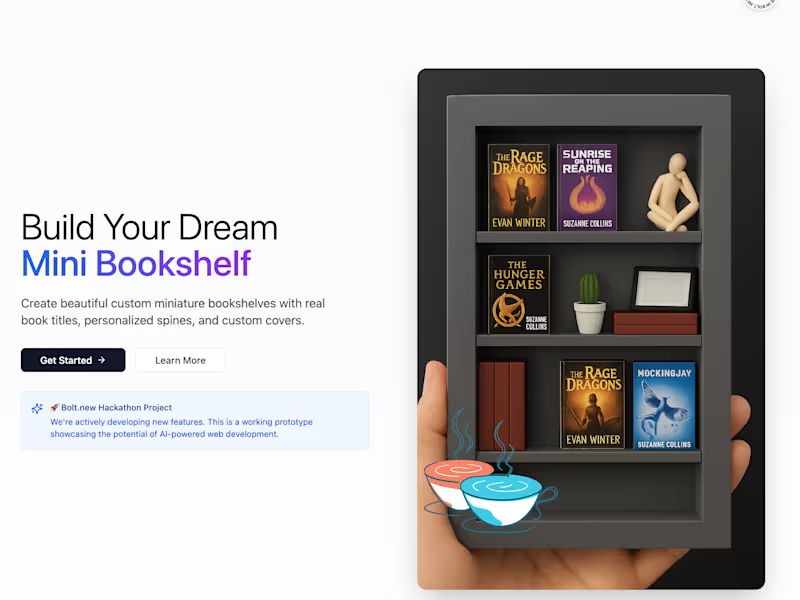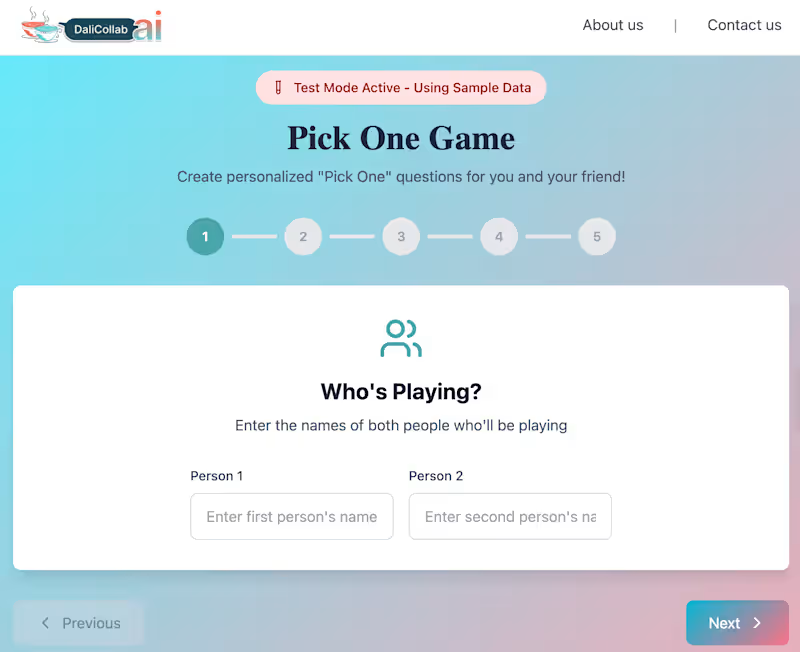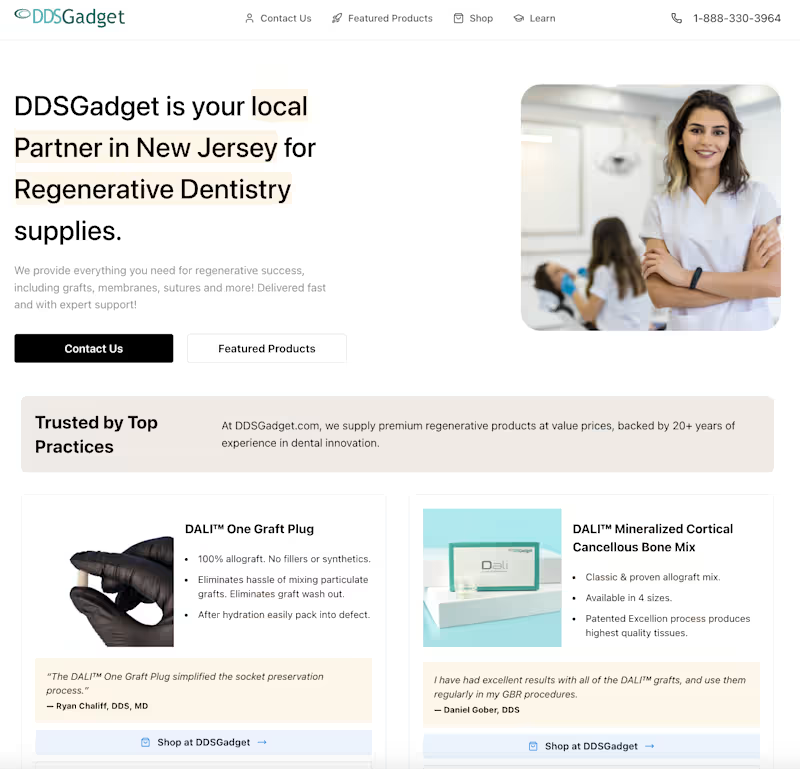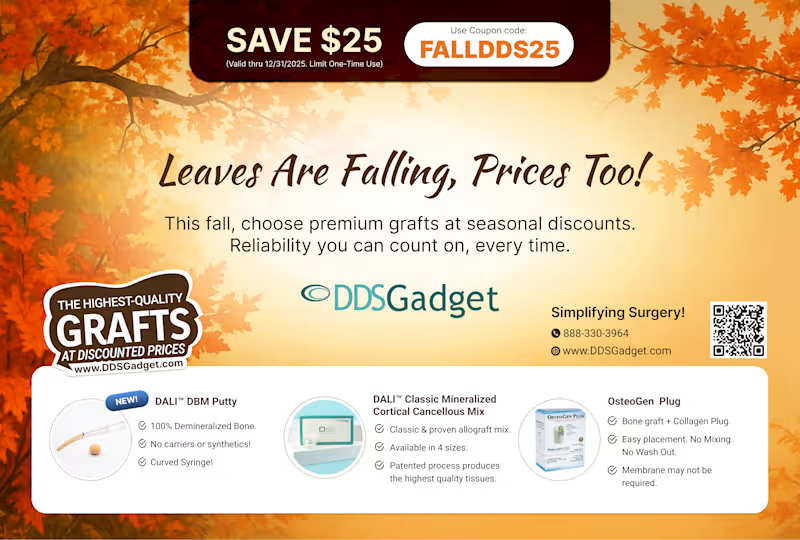What should I know about an interaction designer's past work?
It's important to look at their portfolio. Check if they have done similar projects before. This helps you know if they have the skills you need.
How do I assess if a designer understands my project's goals?
See if they ask questions about your goals. Good designers want to understand your needs. They should make sure their ideas fit what you want.
What should I consider when setting project timelines with a designer?
Communicate your deadlines clearly. Ask if the designer can meet these timelines. Make sure they have enough time to do their best work.
What initial steps should be taken after selecting my interaction designer?
Begin by outlining a clear project scope. Agree on what needs to be done first. Make sure both parties understand the starting point of the project.
How can I ensure the deliverables meet my expectations?
Set clear and detailed expectations from the start. Outline specific deliverables and performance criteria. Regular check-ins can help keep things on track.
What should I do to keep communication open during the project?
Schedule regular updates and meetings. Encourage open communication for any questions or concerns. This helps resolve issues quickly and maintains progress.
How do I involve other team members in the process?
Introduce the designer to your team early. Make sure everyone understands their roles. Collaboration helps integrate the design with your overall project.
Why is it important to provide feedback throughout the project?
Feedback ensures the design aligns with your vision. Early comments can prevent bigger issues later. Be honest but constructive to help the designer improve.
How should I prepare for the project handover once completed?
Discuss the final steps before the project ends. Ensure all deliverables are completed to satisfaction. Confirm all files and documents are handed over properly.
What follow-up actions are necessary after project completion?
Review the final design and overall experience. Providing feedback can help in future projects. Maintain contact for potential future collaboration.
Who is Contra for?
Contra is designed for both freelancers (referred to as "independents") and clients. Freelancers can showcase their work, connect with clients, and manage projects commission-free. Clients can discover and hire top freelance talent for their projects.
What is the vision of Contra?
Contra aims to revolutionize the world of work by providing an all-in-one platform that empowers freelancers and clients to connect and collaborate seamlessly, eliminating traditional barriers and commission fees.
